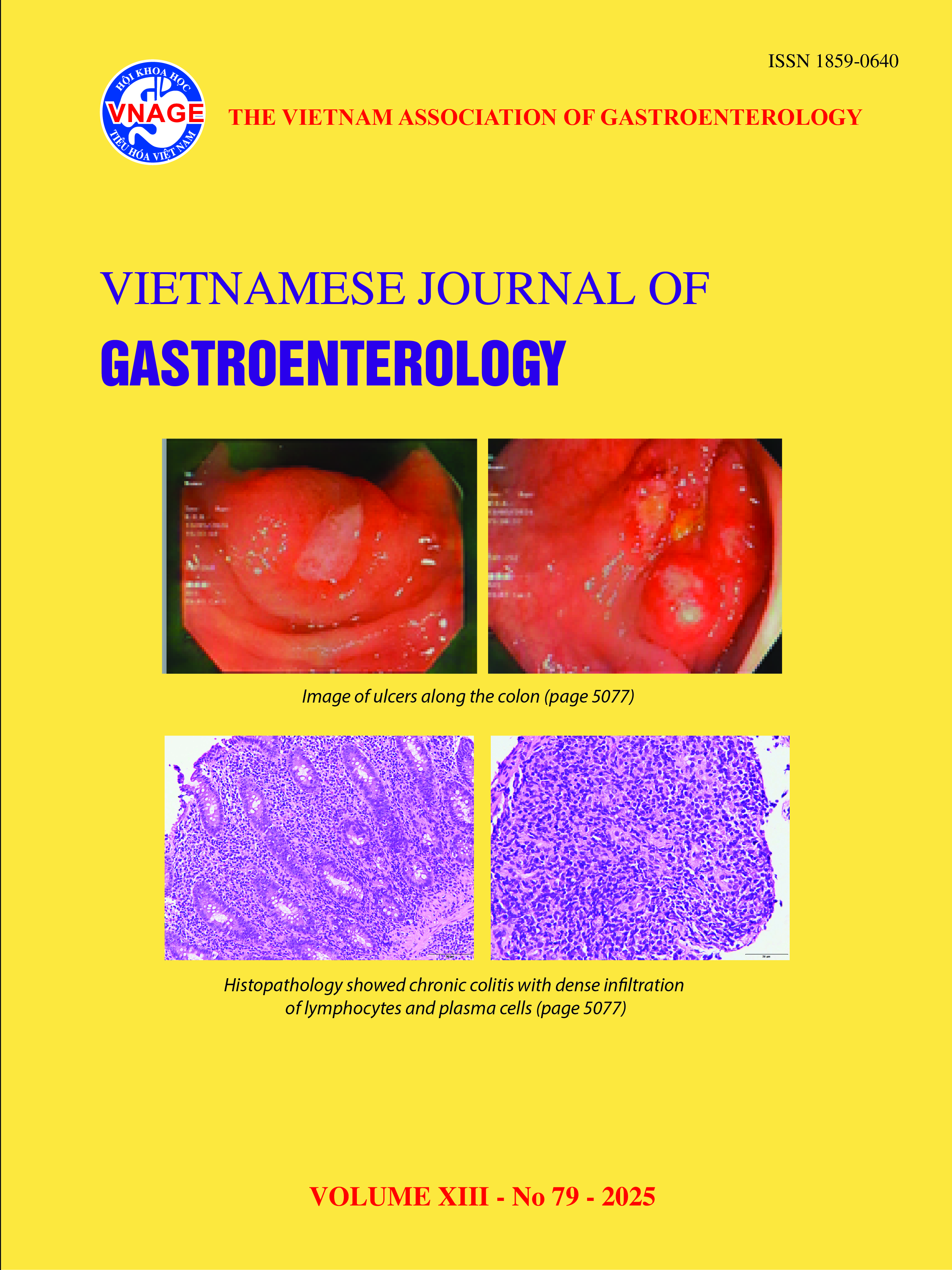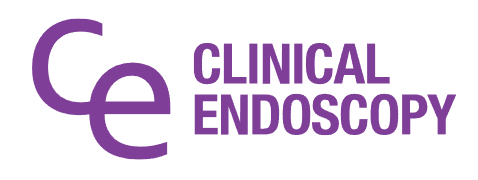Clinical and paraclinical characteristics and preliminary outcomes of laparoscopic surgery for choledochal cysts
DOI:
https://doi.org/10.63583/yqcqkh52Từ khóa:
Choledochal cyst, laparoscopic surgery, Roux-en-YTóm tắt
Objective: To investigate the clinical and paraclinical characteristics and evaluate the preliminary outcomes of laparoscopic surgery for choledochal cysts. Subject and method: A cross-sectional descriptive study combined with a prospective, uncontrolled interventional design was conducted on 47 patients diagnosed with choledochal cysts who underwent laparoscopic cyst excision and Roux-en-Y hepaticojejunostomy from May 2019 to June 2024. Result: Among the 47 patients undergoing laparoscopic surgery for choledochal cysts, the majority were female (89.36%) with a mean age of 39 ± 14 years. The most common symptom was right upper quadrant abdominal pain (74.47%). Magnetic resonance imaging showed that 85.11% of cases had simple cysts, mostly less than 50 mm in size. Type IC cysts were the most common intraoperative finding (51.1%). The mean operative time was 198.7 ± 52.4 minutes, with 53.2% of cases lasting over 180 minutes. Postoperatively, patients resumed bowel function after an average of 2.6 days and had an average hospital stay of 10.2 days. The complication rate was low, and 93.6% of surgical wounds showed good healing. Conclusion: Laparoscopic surgery for choledochal cysts demonstrated promising initial results with a low complication rate and good wound healing. This technique is safe and effective when performed with proper indications.
Tài liệu tham khảo
1. Soares K.C., Goldstein S.D., Ghaseb M.A. et al (2017). Pediatric choledochal cysts: diagnosis and current management. Pediatr Surg Int, 33(6), 637–650.
2. He X.-D., Wang L., Liu W. et al (2014). The risk of carcinogenesis in congenital choledochal cyst patients: an analysis of 214 cases. Annals of Hepatology, 13(6), 819–826.
3. Bian Z., Zhi Y., Zeng X. et al (2023). Curative effect and technical key points of laparoscopic surgery for choledochal cysts in children. Front Surg, 9.
4. Onishi S., Murakami M., Ishimaru T. et al (2024). Current Practice of Laparoscopic Surgery for Choledochal Cyst in Children -A Survey on Opinion and Experience Among IPEG Members. Journal of Pediatric Surgery, 59(12), 161683.
5. Lee C., Byun J., Ko D. et al (2021). Comparison of long-term biliary complications between open and laparoscopic choledochal cyst excision in children. Annals of Surgical Treatment and Research, 100(3), 186–192.
6. Lee H., Kwon W., Han Y. et al (2018). Comparison of surgical outcomes of intracorporeal hepaticojejunostomy in the excision of choledochal cysts using laparoscopic versus robot techniques. Annals of Surgical Treatment and Research, 94(4), 190-195.
7. Han J.H., Lee J.H., Hwang D.W. et al (2018). Robot resection of a choledochal cyst with Roux-en-y hepaticojejunostomy in adults: Initial experiences with 22 cases and a comparison with laparoscopic approaches. Ann Hepatobiliary Pancreat Surg, 22(4), 359-366.
8. Liu Y., Sun J., Guo S. et al (2017). The distal classification and management of choledochal cyst in adults: Based on the relation between cyst and pancreatic duct. Medicine, 96(12), e6350.
9. Garg P., Sharma M. (2024). Combined Percutaneous Lithotripsy and Transjejunal Stone Extraction for Intrahepatic Bile Duct Stones. Journal of Clinical Interventional Radiology ISVIR, s-0044-1792101.









